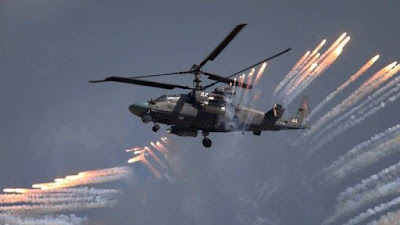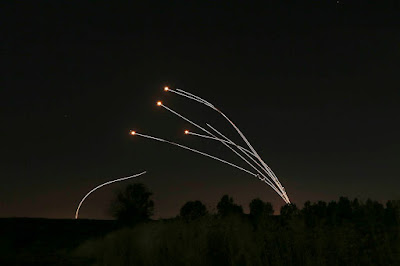This is how the surprising system with which Russia protects its aircraft in the sky works
Experts call it "heat lures." They are part of Russia's military might.
Russia 's military might is vastly superior to Ukraine 's . Both nations are involved in an unfortunate war that began in the early hours of Thursday, March 24. It takes place in the border areas and on the outskirts of the Ukrainian capital, Kiev.
Not 48 hours have passed since the first shot occurred and Russia has already demonstrated part of its impressive arsenal that goes beyond the range of a bullet, the destruction caused by one of its missiles or the protective metal used by soldiers' vehicles.
The Russian military has some amazing technology to protect its aircraft, which is executed while they are in flight. The world was shocked about nine months ago when Israel protected its territory from missiles coming from Palestine by activating its shields in the skies over Tel-Aviv.
A Russian helicopter using the sensors
.
El Confidencial explains that this system consists of generating a high sensation of temperature. The action would throw off the missile's seeker as it chases the same heat emitted by aircraft or helicopter turbines.
Once the pilot who is defending himself fires these extremely hot flares, he must execute a quick maneuver away from the place, to detach himself from the decoys and of course from the missile.
The same thing happens in the event that the defenses are programmed automatically. The radars detect an approach and immediately release the decoys. For this reason, the maneuverer himself must move away from this location.
Something very common is what happens in the Twitter video that we leave above: a helicopter is flying over an area without threats but hostile. Then, as it makes its way around, it drops decoys in case a homing missile is fired at it.
 Main Page
Main Page

Comments